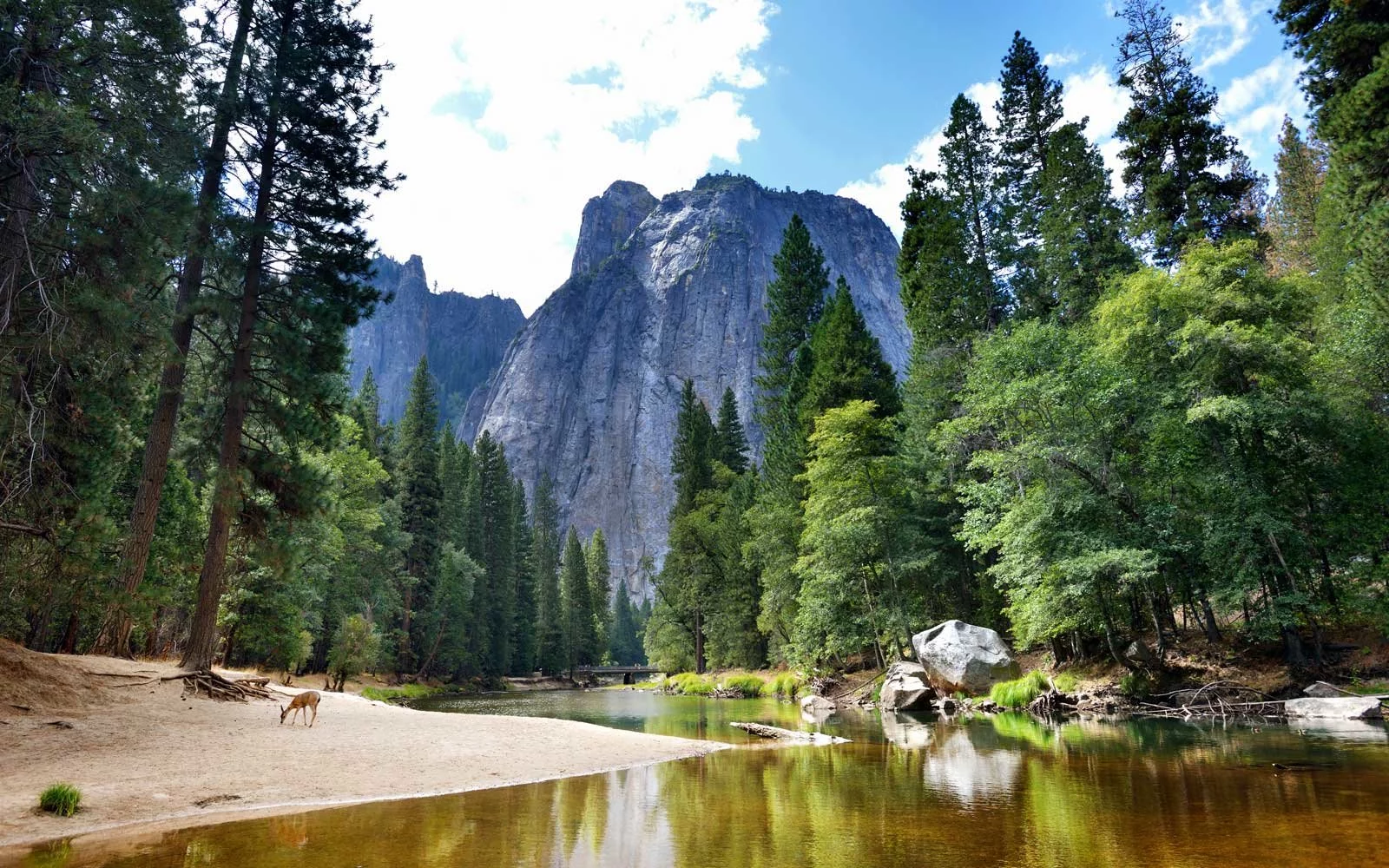National parks are used for the conservation of biodiversity. Often, the national parks are the combination of developed, semi-natural and natural land that is owned by the sovereign state. The national parks are differently designated by the individual nations, but the idea of the national park is the same all over the globe, which is the conservation of the wild nature, as a symbol of national pride.

National Parks and Conservation of Species
The national parks can be set aside for public enjoyment, and the recreation, due to the scientific and the historical interest. In the national parks, most of the animals and the plants are kept according to the requirements of their natural states. The national parks in Canada and the United States focus on the protection of both land and wildlife. Whereas the national parks of the United Kingdom, focus on the land-only. In Africa, the national parks are primarily used for the protection and conservation of the animal species. Several other countries, including Australia, India, Brazil, and Japan have reserved the large areas for the national parks.
National Parks Provides Recreation and are Source of Income
The national parks of the different countries greatly vary according to their effectiveness, for the protection of their resources. Some governments provide enough budget for the possible enforcement of the regulations and some do not follow this. Mostly, the national parks across the globe have a paradox. Although a significant amount of income is generated by tourism, which is stimulated by public interests. The preservation of the wildlife is strongly dependent on the fact that either it is being molested or not. Usually, this paradox is resolved by giving the permissions, to the visitors, for traveling within the limited areas of the national parks.
Aim to Build National Parks
The purpose and aims of all of the national parks are laid out by the law. In different countries, the aims and purpose to build the national parks may be different. But the general-purpose which gains more weight is the protection of the environment.
- The main aims of the national parks are the following.
- To conserve, and enhance natural beauty, cultural heritage, and wildlife.
- To promote the opportunities, for enjoyment and the understanding of the special qualities of the national parks by the common people.
- For the seek to foster the social well-being and the economic benefits of the local communities.
- For promoting the sustainable use of the natural resources of the particular areas.